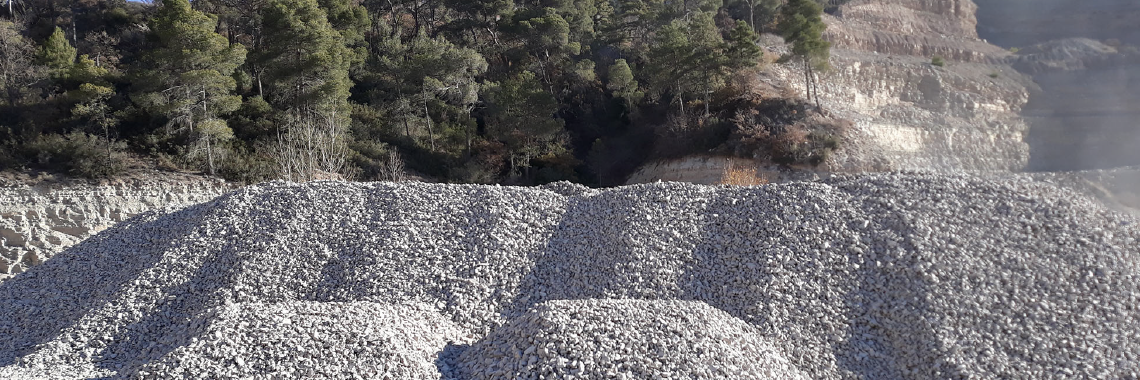INN launches the first Chilean standard for the use of aggregates from steel slag.
Innovation at the Service of Sustainability
In a significant step towards sustainability in the construction industry, Chile’s National Standards Institute (INN) has published the first Chilean standard for artificial aggregates, NCh3851. This standard, titled “Artificial aggregates based on slag from the steel process – Classification, characterization and guidelines for the recovery of slag from the steel process”, represents a crucial step in the promotion of the circular economy in construction.
What are Artificial Aggregates?
Artificial aggregates are construction materials that do not come from traditional extraction from rivers, quarries and wells. Instead, they are obtained from industrial processes, such as slag from the steel process. The implementation of the NCh3851 standard opens the door to the use of these unconventional materials, offering a sustainable alternative that can help reduce the environmental impact associated with the overexploitation of natural aggregates.
Environmental and Economic Benefits
The use of artificial aggregates not only contributes to the reduction of the exploitation of natural resources, but also helps to reduce the environmental liabilities of various industries. This translates into a double benefit: on the one hand, the negative impact on the environment is reduced and, on the other, the reuse of industrial waste is promoted, aligning with the principles of the circular economy.
Challenges and Opportunities
Despite the clear benefits, the widespread use of artificial aggregates faces significant challenges. To move in this direction, it is crucial to develop additional standards that regulate the specific characteristics of artificial aggregates for different uses, such as in mortars and concretes, as well as in bases and subbases for pavements.
Subject matter experts
To delve deeper into this topic, País Circular has spoken with several experts in the field. Emilio Rojas, professional from the INN Standards Division, highlighted the importance of this new regulation to promote more sustainable practices in construction. Viviana Letelier, director of the Department of Civil Works Engineering at the Universidad de la Frontera, emphasized the need to continue researching and developing technologies that allow optimizing the use of artificial aggregates.
For his part, Matías Contreras, general manager of the EcoAZA company, shared his experience in implementing these new practices, highlighting the economic and environmental benefits. Alejandra Tapia, Sustainability coordinator at Construye2025, highlighted the crucial role of collaboration between the public and private sectors to achieve an effective transition towards a circular economy in construction.
The publication of the NCh3851 standard marks an important milestone on the path towards a more sustainable construction industry in Chile. The adoption and promotion of artificial aggregates not only have the potential to mitigate the environmental impact of natural resource extraction, but also represent an opportunity to move towards a more circular and resilient economy. However, to achieve these objectives, it is essential to continue developing regulations and technologies that facilitate their implementation in different construction contexts.
For more information about this important initiative, you can read the full article in País Circular.

